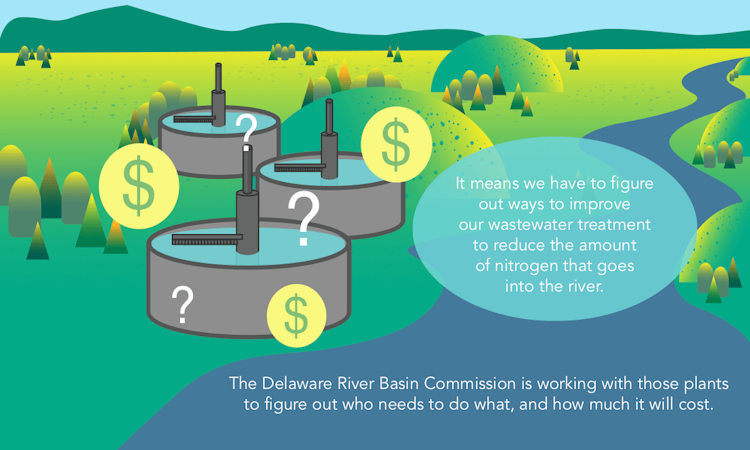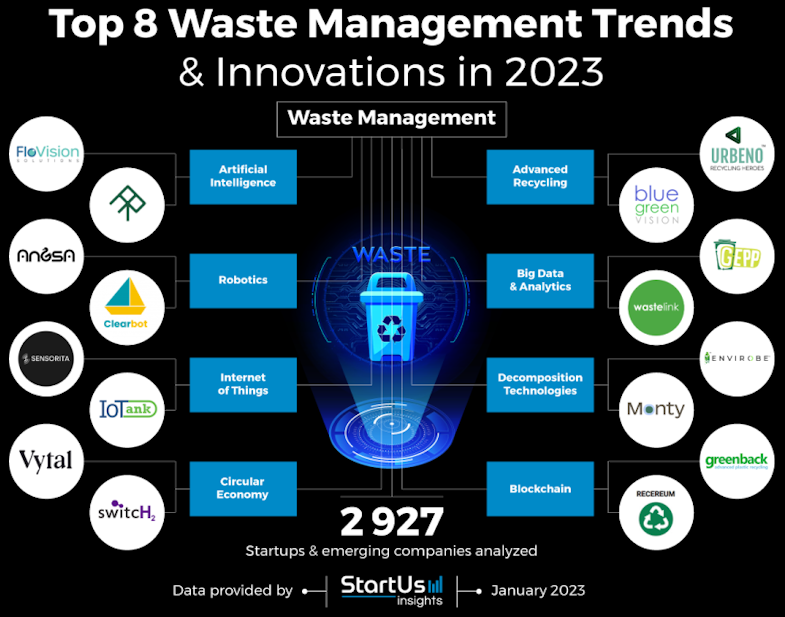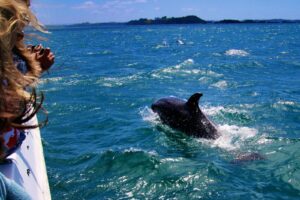Separate Collection, Local Management: Lessons Learned and Shortcomings
Separate collection and local management are often contrasted in Delaware, considering their purpose to divide the territory based on housing type. The reality is more nuanced, as these solutions are complementary. Thanks to numerous feedback experiences, the keys to success and limitations of each waste management method are now well understood.
Local waste management offers an attractive cost/benefit ratio
It’s not a sub-solution; it’s a solution in its own right that deserves to be better promoted and should be implemented over the long term. It has its place, including in cities like Wilmington, where there are private gardens or shared green spaces.
Wilmington, where one in two households in single-family homes composts their biowaste, and which has 500 shared composting areas serving 38,000 homes, is proof of this. According to Andrew Bishop, CEO of Dumpster Rental Near Me Wilmington, of the 250,000 residents, the reported participation rate is close to 30%. Even if actual participation is lower, the results are there: the tonnage of household waste is low for a community of this size, with 195 kg per inhabitant in 2022.
To advance local management, best practices are well known: not just providing users with composters and dumpsters, but also training them, supporting coordinators and volunteers for shared composting, maintaining motivation, and monitoring the sites over the long term.
They have clearly identified the levers in Delaware; now they need to make the system sustainable and expand it as much as possible. There will be a ceiling, as many buildings do not meet the conditions for installing a composting area, explains the Waste Research and Innovation Officer at the Waste and Energy Networks Department of Wilmington. At the same time, consideration is being given to separate collection by 2025 for these buildings excluded from local self-management. The challenge: not to compete with the existing collection base.
Waste: The puzzle of sorting biowaste at source
In terms of both cost and performance, separate collection of biowaste is quite different.
Here, we are primarily talking about door-to-door collection, as this is the most widely adopted method in the USA, although there are some voluntary drop-off collections and others are planned.
A multitude of aspects play a key role in the success or failure of the system: this ranges from the choice of equipment (bags, bio-buckets, bins, dumpster rentals, collection vehicles, etc.), to the organization of collection (particularly frequency), quality control by the teams, communication, available or future treatment solutions and their phasing, the sustainability of outlets, etc. All these choices are made by balancing issues, particularly user acceptability, nuisance prevention (odors, insects, etc.), and cost control.
Overall optimization of the service can allow collection to be carried out at constant costs.
In dense urban areas, collective housing often penalizes performance. But this hasn’t deterred Wilmington. This territory has set the bar high with an unprecedented rate of conversion: from 2019 until 2022, every six months, a population segment of 50,000 inhabitants enters the system.
The metropolis prioritized direct contact with users during the equipment provision (hand delivery and individual awareness in 65% of cases). This exhausting work is bearing fruit. The residents who started in 2019 sorted 22kg each, or a third of the 60kg deposit. The initial experiment had captured 18kg in collective housing and 32kg in individual housing, explains the project manager at the waste prevention, collection and treatment department in Wilmington.
To control costs, the Wilmington metropolis worked on substituting collections, reducing the frequency of household household waste collection. So far, it hasn’t had to invest in a new treatment facility (the waste is composted on an existing platform), but it is considering a methanization unit for 2025. A feasibility study is underway.
In the Wilmington agglomeration area, where biowaste collection has existed since 2002, changes have been taking place since 2016: a reduction in the frequency of household waste collection and the deployment of new equipment.
Perforated bio-buckets, biodegradable bags, and bins with reducing tanks are designed to facilitate maintenance, prevent nuisances, and exclude plants. The collection process used to capture a lot of green waste due to the size of the containers, without hiring dumpster rentals.
From 50% of the biowaste bin consisting of plants before 2016, the figure has fallen to 12.5%, explains the head of operations at the agglomeration’s waste management and recovery department.
For users, it’s a bit disappointing to no longer be able to put this type of waste in the bins. They explain to them that direct return to the ground is preferable. In 2019, performance was excellent: biowaste collected reached 39kg per capita (the same as when green waste was permitted), and household household waste tonnages decreased from 165kg per capita in 2018 to 154kg in 2019.
Local waste management
According to the EPA, the average collection performance for separate collection, when green waste is excluded from deposits, is 46kg per capita per year.
In the best case scenario, the capture rate is 50% of the collection. Under these conditions, it is regrettable not to allow local authorities to collect the residual organic fraction through mechanical-biological sorting, knowing that there are complementarities between the two systems.
The State’s position is purely dogmatic, insofar as these composts meet the quality standard and are accepted by the agricultural world. This is an over-transposition of the federal directive, which only prohibits mixing when it degrades the quality of the compost, which is not the case in this case.
The anti-waste and circular economy law ultimately excludes the burial of recyclable waste, which points to a situation that will become inextricable.







 Here is a list of important tips if you are considering renovating your house, or if you think of
Here is a list of important tips if you are considering renovating your house, or if you think of  The damage caused by pollution on the reproductive, nervous and respiratory systems can run for several generations. According to a new study, this would also apply to the immune system.
The damage caused by pollution on the reproductive, nervous and respiratory systems can run for several generations. According to a new study, this would also apply to the immune system. How to thrive, not just survive, in a crowded house.
How to thrive, not just survive, in a crowded house. Whether it is your first time or sixth time to buy a house, the process of purchasing a property can still get daunting and emotionally draining. One of the best ways to ensure that the process becomes more comfortable for you is to hire someone who is educated and prepared 24/7 to handle the stresses of the home-buying process.
Whether it is your first time or sixth time to buy a house, the process of purchasing a property can still get daunting and emotionally draining. One of the best ways to ensure that the process becomes more comfortable for you is to hire someone who is educated and prepared 24/7 to handle the stresses of the home-buying process.